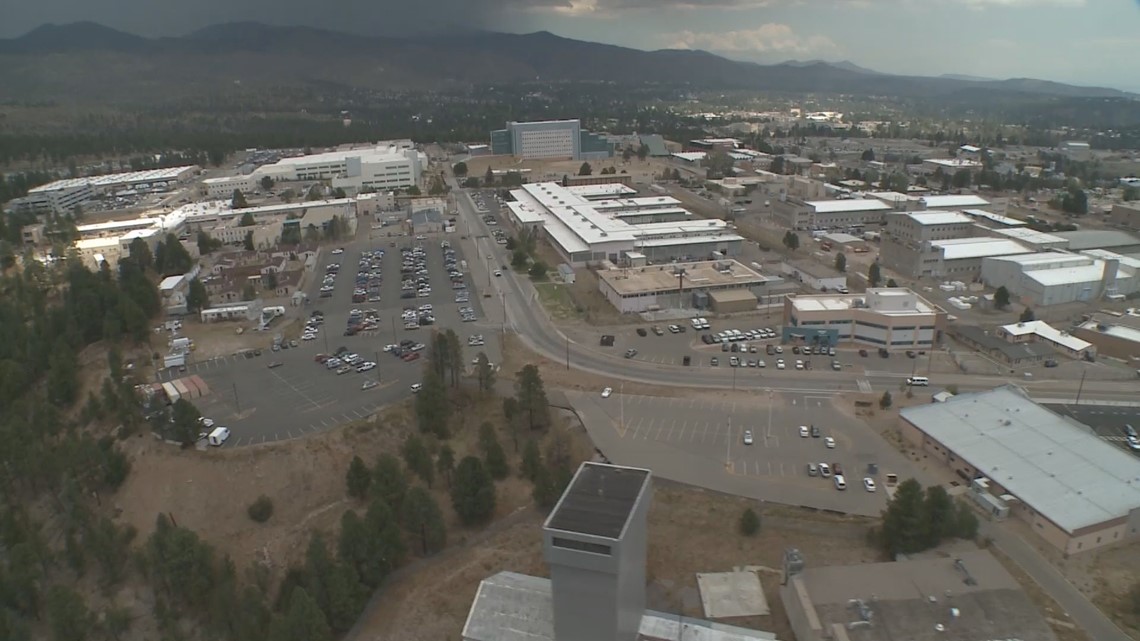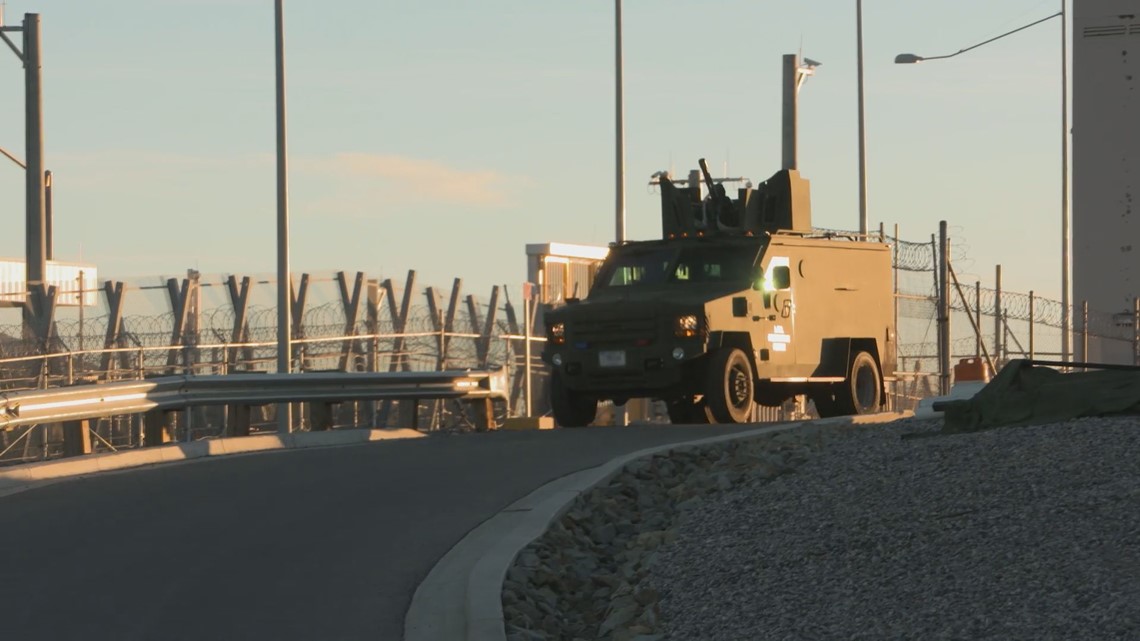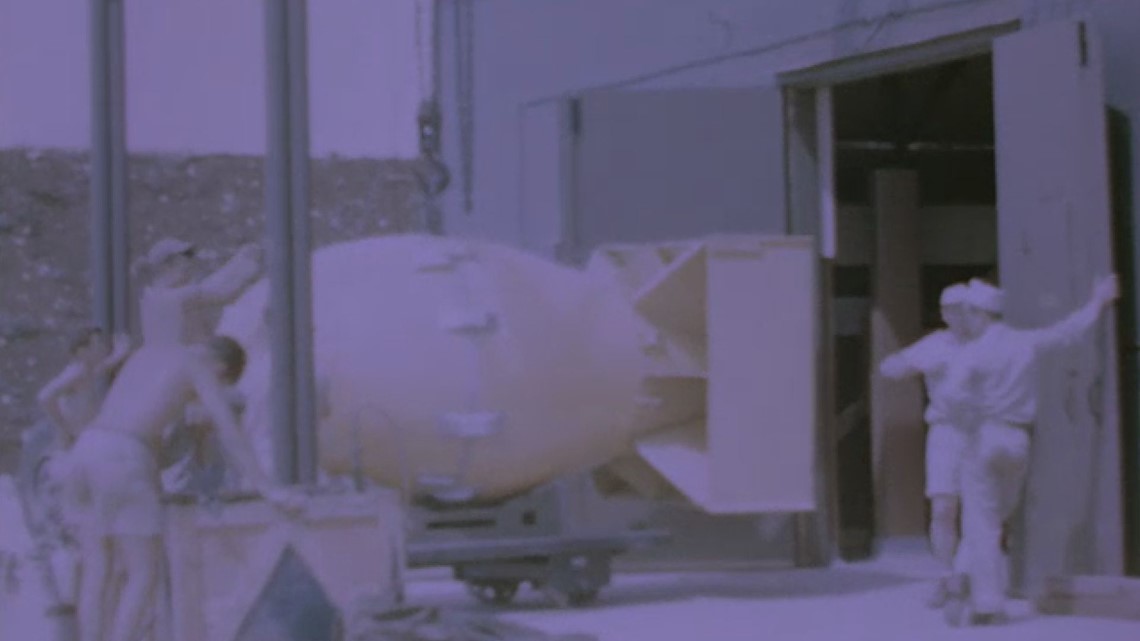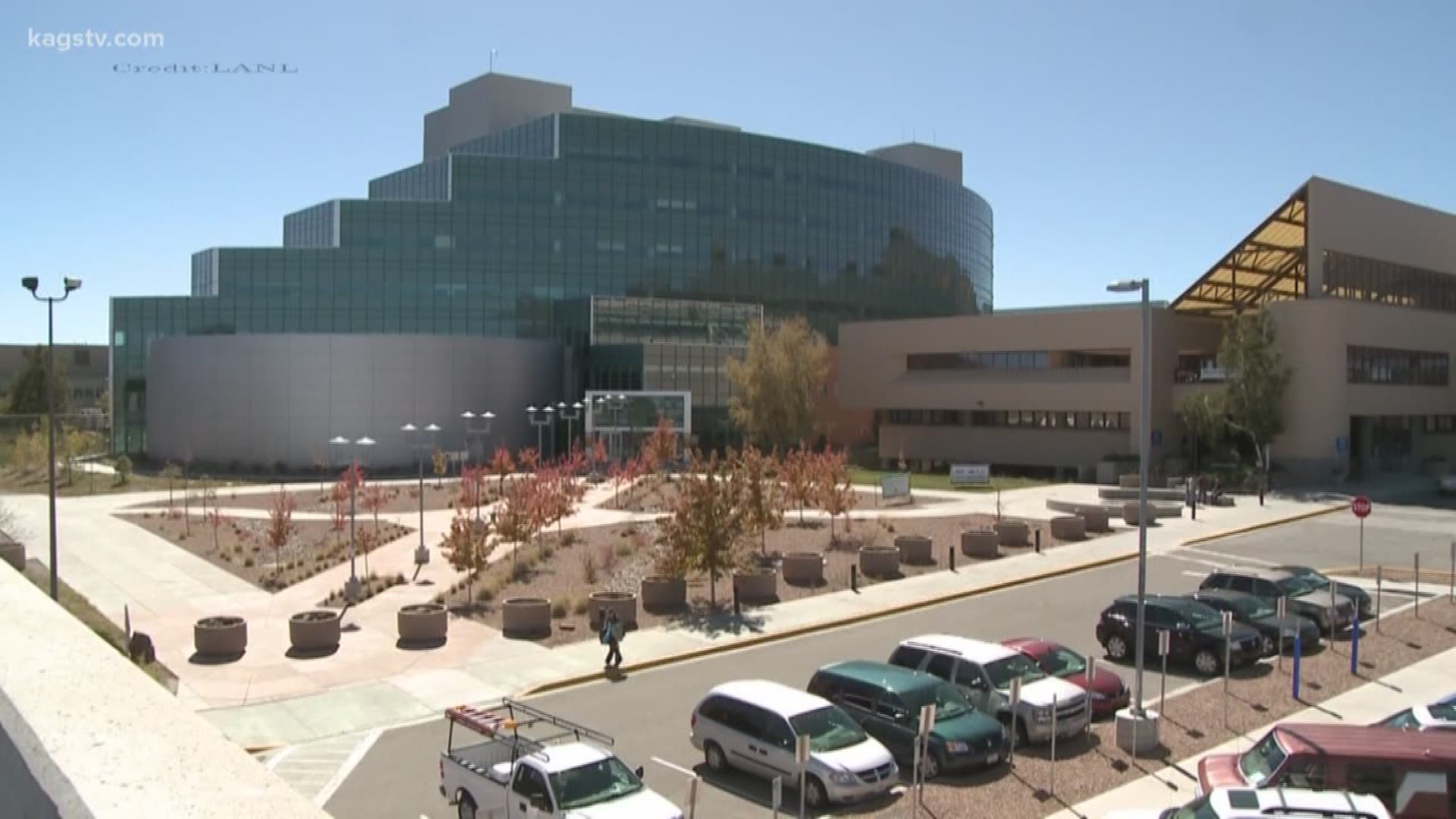LOS ALAMOS, N.Mex —
The best way to see the Los Alamos National Lab is from 1,000 feet, but chances are you can’t.


“There’s a lot of space here and not a lot of people,” said Alan Carr, Los Alamos’ resident historian. “We are still doing sensitive work on the behalf of the nation to keep the nation safe.”
Once the birthplace of the atomic bomb, Los Alamos is now 36 square miles of high explosives testing, space age robotics, and scientific inquiry-- some of it highly classified, all of it behind locked gates and tight security.


“It’s really a remarkable place to work because we literally change the world. We did in the beginning and we continue to do as well,” added Carr.
The laboratory is nestled into New Mexico’s Jemez Mountains and boasts a budget of just over 2 billion dollars. Two thirds of which is said to be dedicated to weapons research.
“I think, as many people know, the lab was the starting point for the first nuclear bomb,” said Nancy Sauer, from the lab’s partnerships and pipelines office.
When little boy and fat man were dropped on Imperial Japan in 1945, Los Alamos’ work was unveiled to the world. Building a nuclear bomb had been the labs singular mission, hidden among the mountains, far from view.


“They needed a place where the work of actually designing the bomb, testing the bomb,” said Carr. “There was no lab… The town didn’t exist and within months we had a place to live and work.”
J Robert Oppenheimer, a name that looms large in american history and the lab’s legacy, was named the first director.
The world’s top scientists, packed into cramped buildings and small testing bunkers. Hastily constructed, only a few still remain, carved in amongst the labs modern and top secret buildings.
Within two years of its opening, Los Alamos’ work would see combat for the first and only times. Two completely different types of nuclear bombs, using different kinds of explosions, dropped on a battle-ready, but unsuspecting Japan. The war was over.
“When you go back to little boy and fat man, those were not production weapons. There were problems with them,” said Carr. “Here at the lab...we invented a new class of nuclear weapon known as the hydrogen bomb to try and keep pace with the soviets and we evolved into a nuclear lab as we get into the 1960s.”
As the cold war intensified the lab’s mission grew to what it is now.
A fully functional research laboratory, built for scientific advancement, with a particular focus on maintaining and improving nuclear weapons.
The lab helps build components for every nuclear weapon in the US Arsenal and designed weapons for two of the three prongs of the nuclear triad, the combination of air, missile, and submarine warheads that can be launched at a moments notice.
“We couldn’t pass up the opportunity to offer ourselves,” said John Sharp, the chancellor of the Texas A&M University System.
Texas A&A now helps run the lab, securing only a months-old deal to partner with the University of California and a private company, Battelle, to take over the day to day. The holding company is calls Triad.
JAY O’BRIEN: Takes a lot of hard work to get this done?
JOHN SHARP: Yeah it was. You know, chosen as the best in the nation at this was self gratifying. for us to be partners in a 2.5 billion dollars a year enterprise that's the single best deterrent to nuclear holocaust is a huge responsibility
O’BRIEN: It’s got to help to have an Aggie [Secretary Rick Perry] in the Department of Energy?
SHARP: Yeah, except, I guess so. The the NNSA, National Nuclear Security Administration is who made the final decision.
“The fact that A&M has this affinity for national security and public service, that its got a first tier nuclear engineering department, says that evolution is even easier in a partner like A&M than some generic university,” said John Sarrao, Deputy Director of Science, Technology, and Engineering at Los Alamos.
Work at Los Alamos, called LANL by staff, is unparalleled.
“This is the first time any university in Texas has been in charge of a national lab. So, we want to make sure, for the sake of the state, that we do a good job,” said Sharp.
Boasting a rare supercomputer, tasked with virtually testing the US Arsenal, and dual particle accelerators, Los Alamos is an engineer’s playground.


For staffers and scientists, walking its hallowed halls is a calling.
“I think that we recognize that at a place like this you really stand on the shoulders of giants,” said Carr. “There's a heavy responsibility that goes with adding to that legacy here. Recognizing the past, but looking forward to see how you can add to it.”

